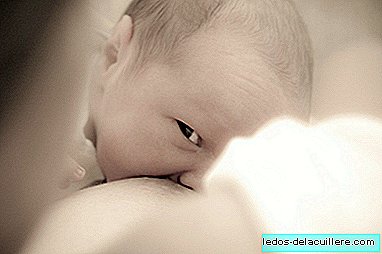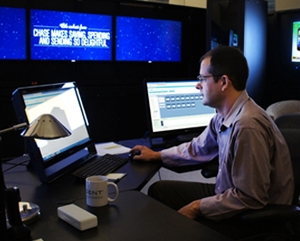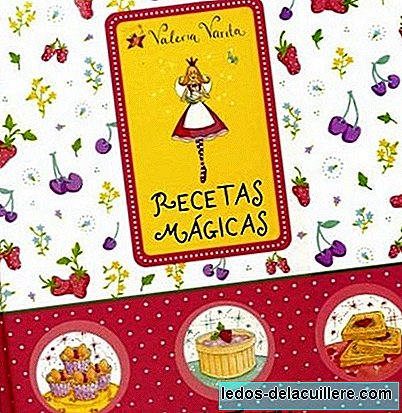
It is curious to realize that breast milk, which is the food that humans have taken for thousands and thousands of years, is still implicit many mysteries waiting to be revealed.
A recent study by a group of researchers from the Institute of Agrochemistry and Food Technology (IATA-CSIC) and the Higher Center for Public Health Research (CSISP-GVA) has revealed that breast milk contains more than 700 bacteria, something that leaves us speechless at more than one, and the authors acknowledge that they still do not know what role such a variety of bacteria plays in the health of the infant.
The study, which has been published in the "American Journal of Clinical Nutrition," has been done using a technique based on massive DNA sequencing that has allowed them to identify the different bacteria in various samples of colostrum and mature milk.
To do the tests, they analyzed colostrum and milk samples after one and six months of lactation and found the over 700 bacteria mentioned, which turned out to be much more than expected by the researchers.
The bacteria most present in colostrum samples are: weissella, leuconostoc, staphylococcus, streptococcus and lactococcus. In mature milk, in addition, typical bacteria of the mouth such as veillonella, leptotrichia and prevotella were found. This is something that the authors do not dare to explain because they could be bacteria that are in the mouth due to colonization of the milk and it could also be that they were bacteria from the mouth of the infant that entered the breast milk to change its composition.
Not all women have the same milk
The researchers wanted to base their research on seeing how the composition of milk varied among different women and on whether the way of giving birth also had an impact on it.
Well, they observed that the milk of overweight women and those who gained more kilos than recommended during pregnancy contains less diversity of species and also saw that the milk produced by women who give birth by scheduled caesarean section is poorer in microorganisms than women who give birth vaginally. Interestingly, when the caesarean section was not scheduled, when it was carried out while the woman was already in labor, the milk composition turned out to be practically the same as that of women with vaginal births.
Much to discover
Now, after knowing that colostrum and breast milk are full of microorganisms and bacteria we just need to know what function do they have. If, with the little we know about breast milk, we are clear that there is nothing that can replace it, more knowledge will be able to help even more clearly that there are many efforts that mothers, fathers and health professionals have to carry out to ensure that Every woman who wants to breastfeed her children can do it.












